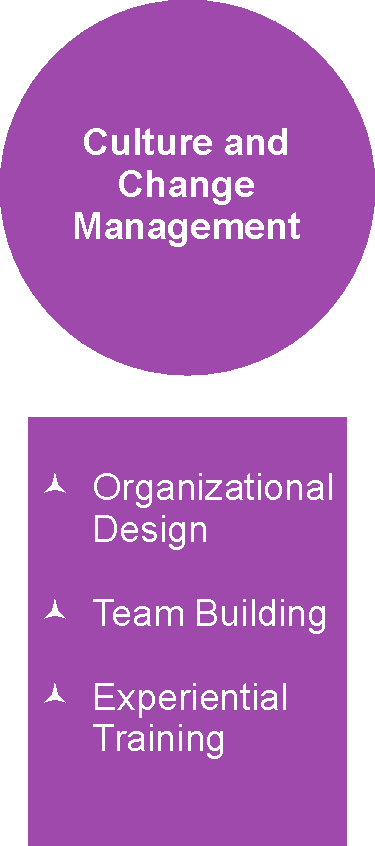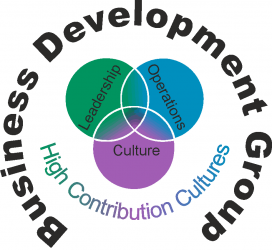
Culture and Change Management: Building a High-Performance Organization
In today’s rapidly evolving business landscape, organizations must be agile and adaptable to thrive. Developing a high-performance culture and effectively managing change can make the difference between success and stagnation. It is important to cultivate a culture that is conducive to a high-performance organization that embraces change.
Understanding the Importance of Culture
Culture is the collective set of values, beliefs, norms, and behaviors that define an organization. It shapes the overall work environment, employee engagement, decision-making processes, and ultimately, the success of an organization. A strong culture aligns employees' actions and attitudes with the company’s vision, mission, and strategic goals.
A positive culture fosters collaboration, innovation, and employee satisfaction. It influences how individuals interact with one another, how they approach their work, and ultimately, how they contribute to the organization’s bottom line. A culture that encourages open communication, continuous learning, and accountability creates an environment in which employees thrive and exceed expectations.
The Role of Change Management
Change is inevitable in today’s dynamic business landscape. Whether it’s implementing new technologies, entering new markets, or adapting to industry disruptions, organizations must be equipped to navigate change successfully. This is where effective change management comes into play.
Change management involves implementing strategies and processes to smoothly transition individuals and organizations from the current state to the desired future state. It ensures that employees understand and embrace the need for change, reduces resistance, and maximizes the likelihood of successful implementation.
Key Strategies to Build a High-Performance Organization
- Leadership Alignment: Effective change management begins with leadership alignment. Leaders must be committed to the change, communicate its significance, and lead by example. Clear and consistent communication from leadership sets the tone for employee buy-in and engagement.
- Engaging Employees: Engaging employees throughout the change process is vital. By involving them in decision- making, seeking their input, and addressing their concerns, organizations can build trust and foster a sense of ownership. Employees who feel valued and involved are more likely to embrace change and contribute to a high- performance culture.
- Communication: Clear and regular communication is critical during times of change. Organizations should provide information on the reasons for change, the anticipated impact, and the desired outcomes. Open channels of communication encourage transparency, reduce uncertainties, and create a sense of inclusiveness.
- Training and Development: Successful change implementation requires equipping employees with the necessary skills and knowledge. Organizations should invest in training and development programs that enable individuals to adapt to new processes, technologies, and ways of working. By fostering a learning culture, organizations empower employees to embrace change and continuously improve.
- Rewards and Recognition: Recognizing and celebrating employee achievements and contributions during times of change reinforces a high-performance culture. Rewards and recognition programs that align with the organization’s values and desired behaviors motivate individuals to embrace change and go above and beyond their roles.
- Continuous Evaluation and Adaptation: Building a high-performance culture requires constant evaluation and adaptation. Organizations should regularly assess their culture, measure employee engagement, and solicit feedback. This allows for identification of areas for improvement and adjustment of strategies to align with the evolving needs of the organization.
In conclusion, culture and change management are crucial elements in building a high-performance organization. By understanding the importance of culture, implementing effective change management strategies, and embracing ongoing evaluation and adaptation, organizations can create an environment where employees thrive, innovation
flourishes, and change is embraced. At Business Development Group, Inc., we are dedicated to helping businesses develop a high-performance culture and navigate change successfully. Contact us today to learn more about our culture and change management services.
